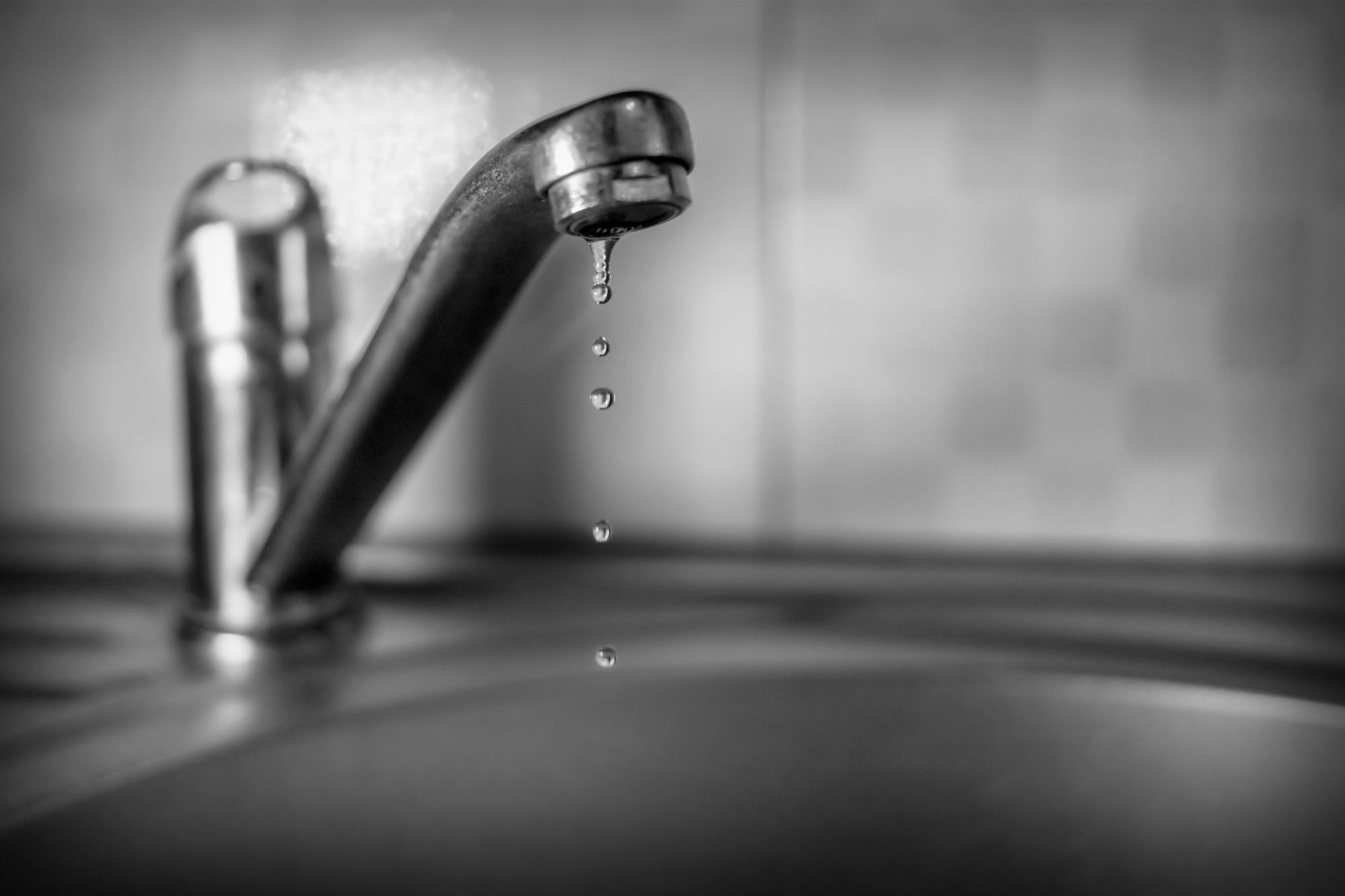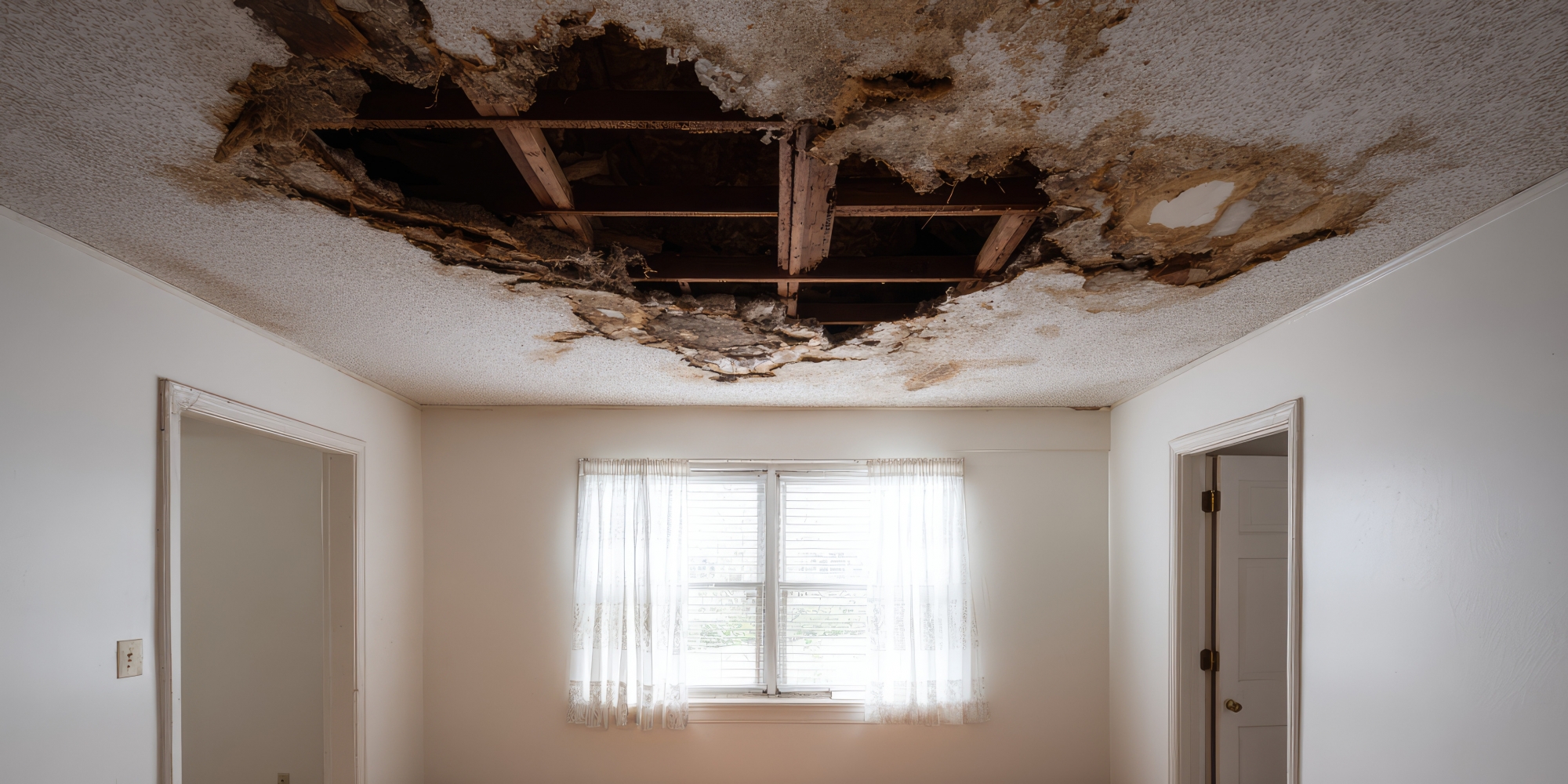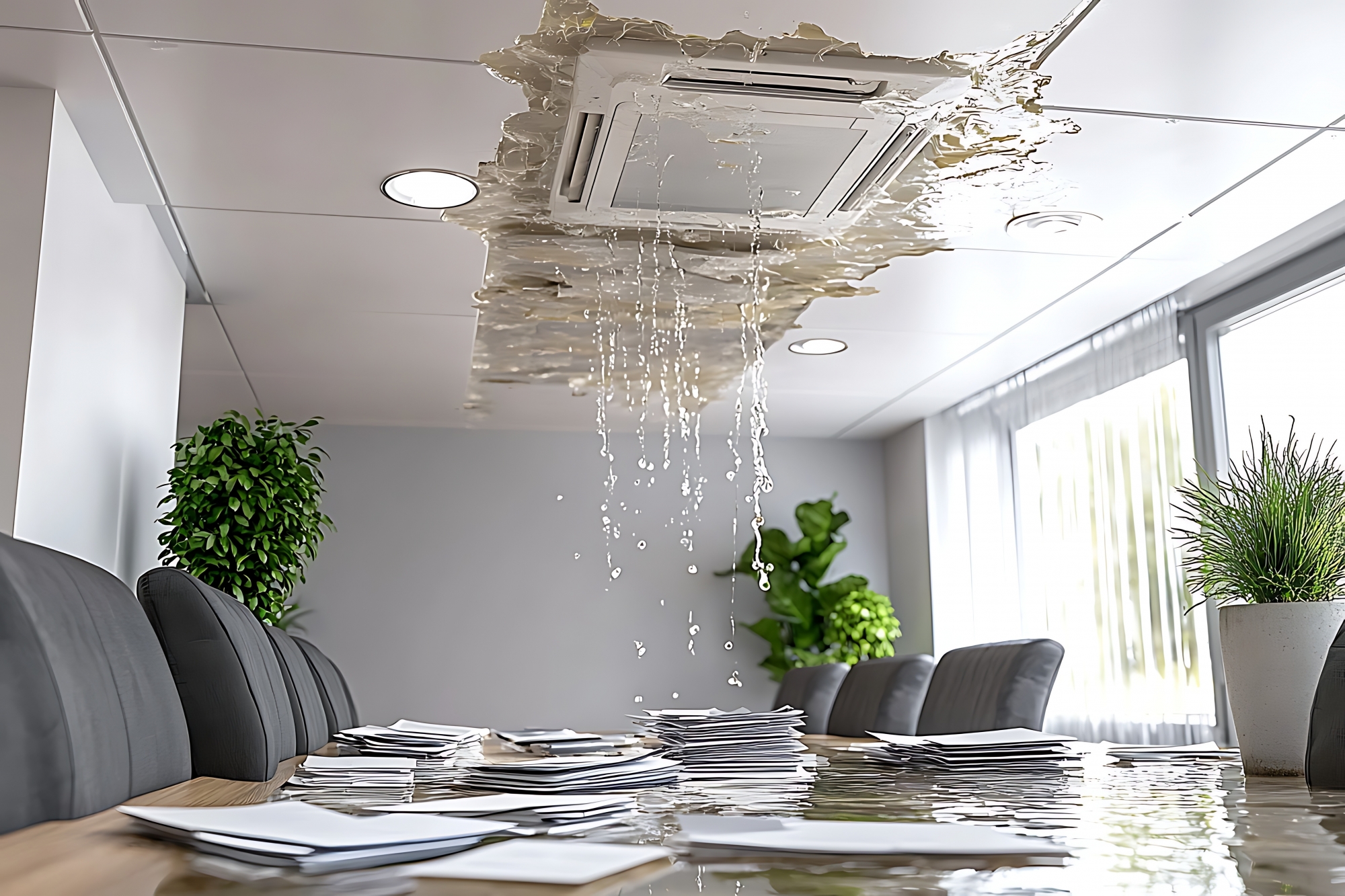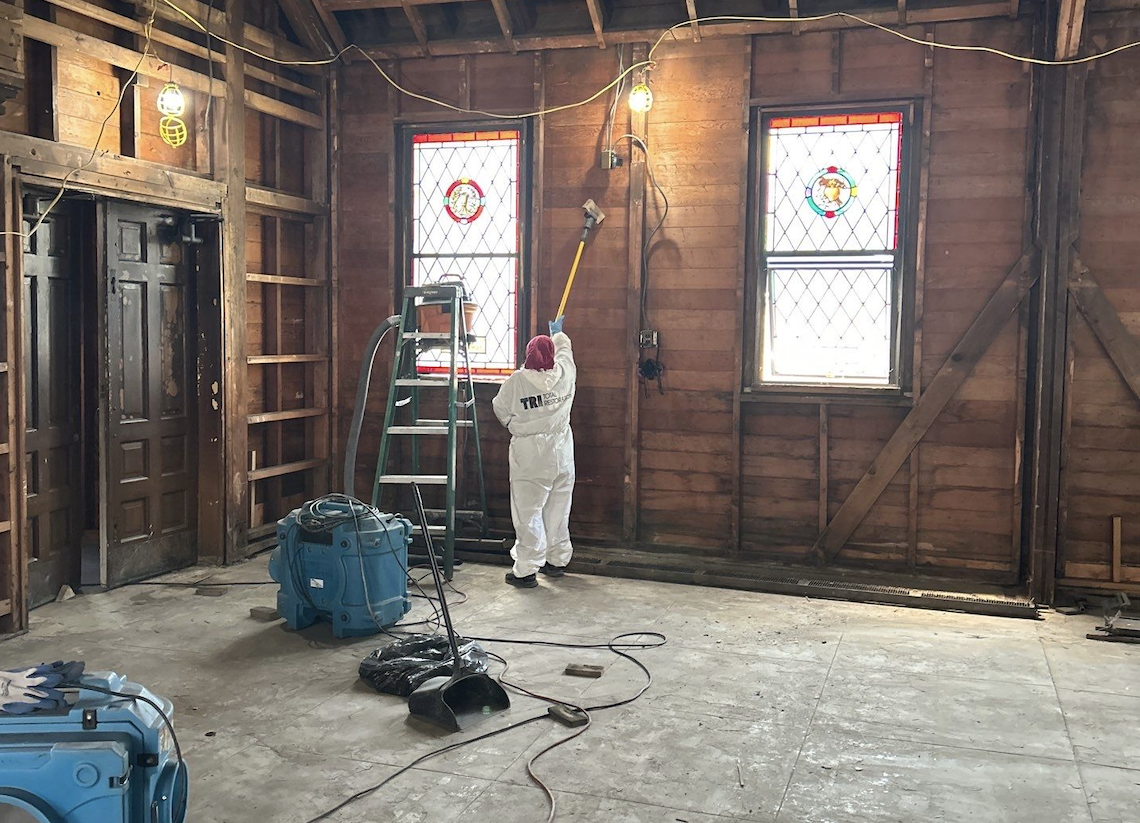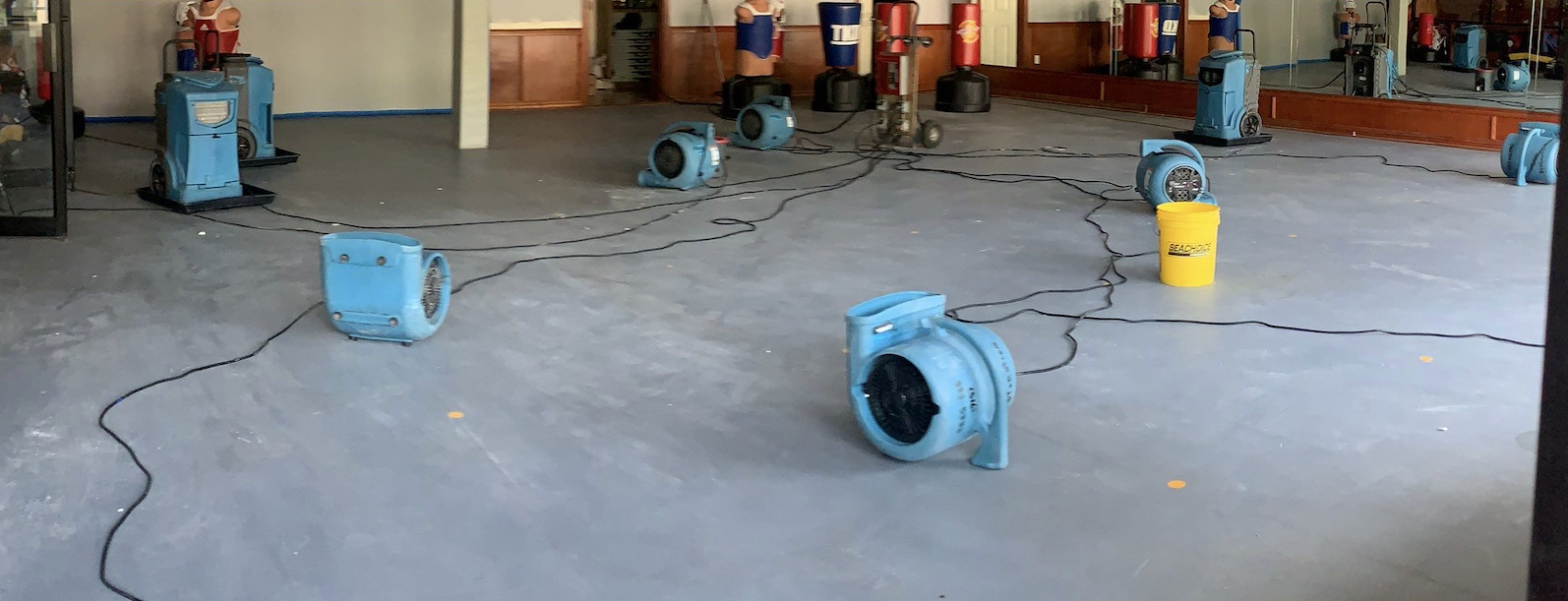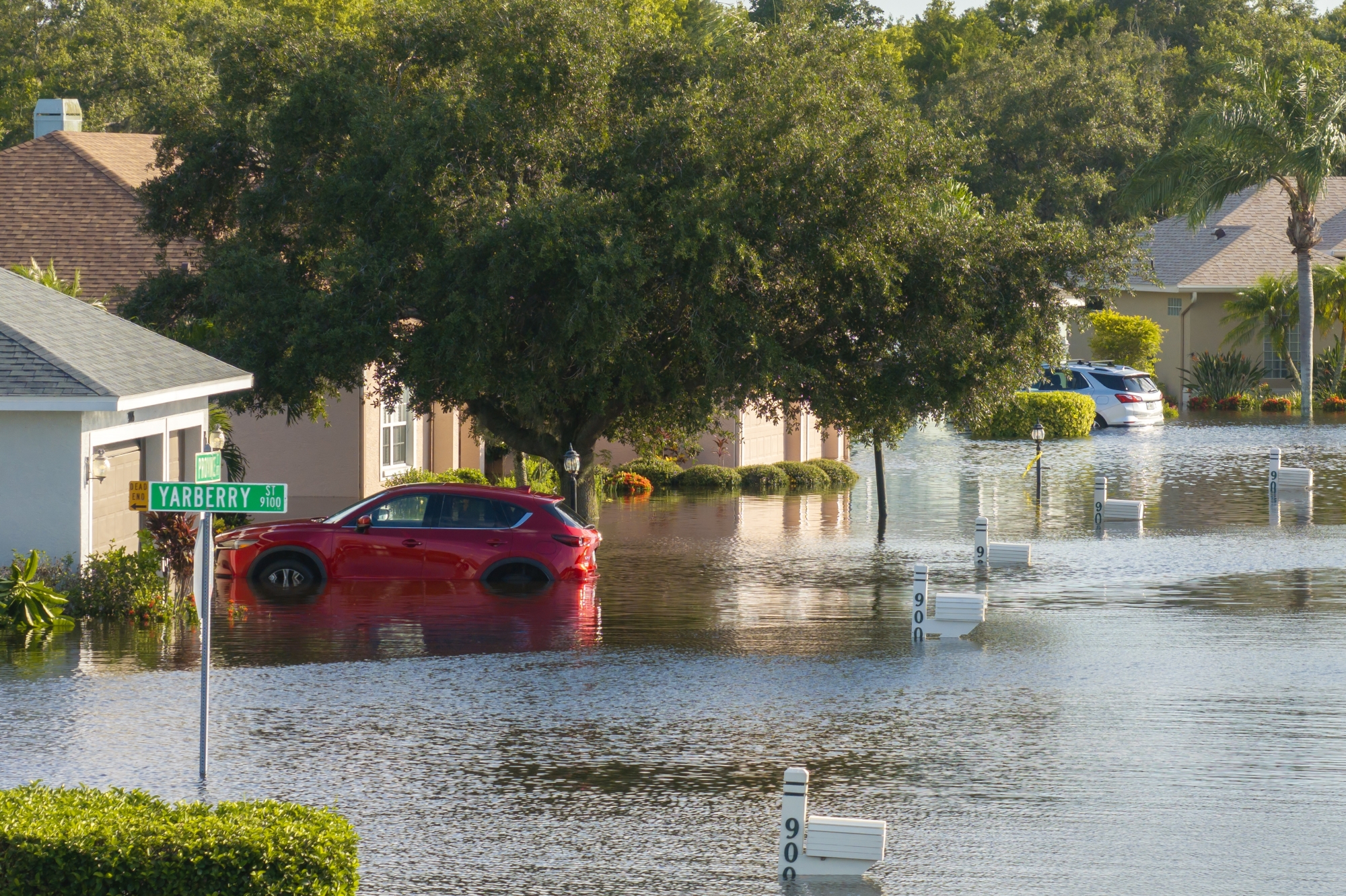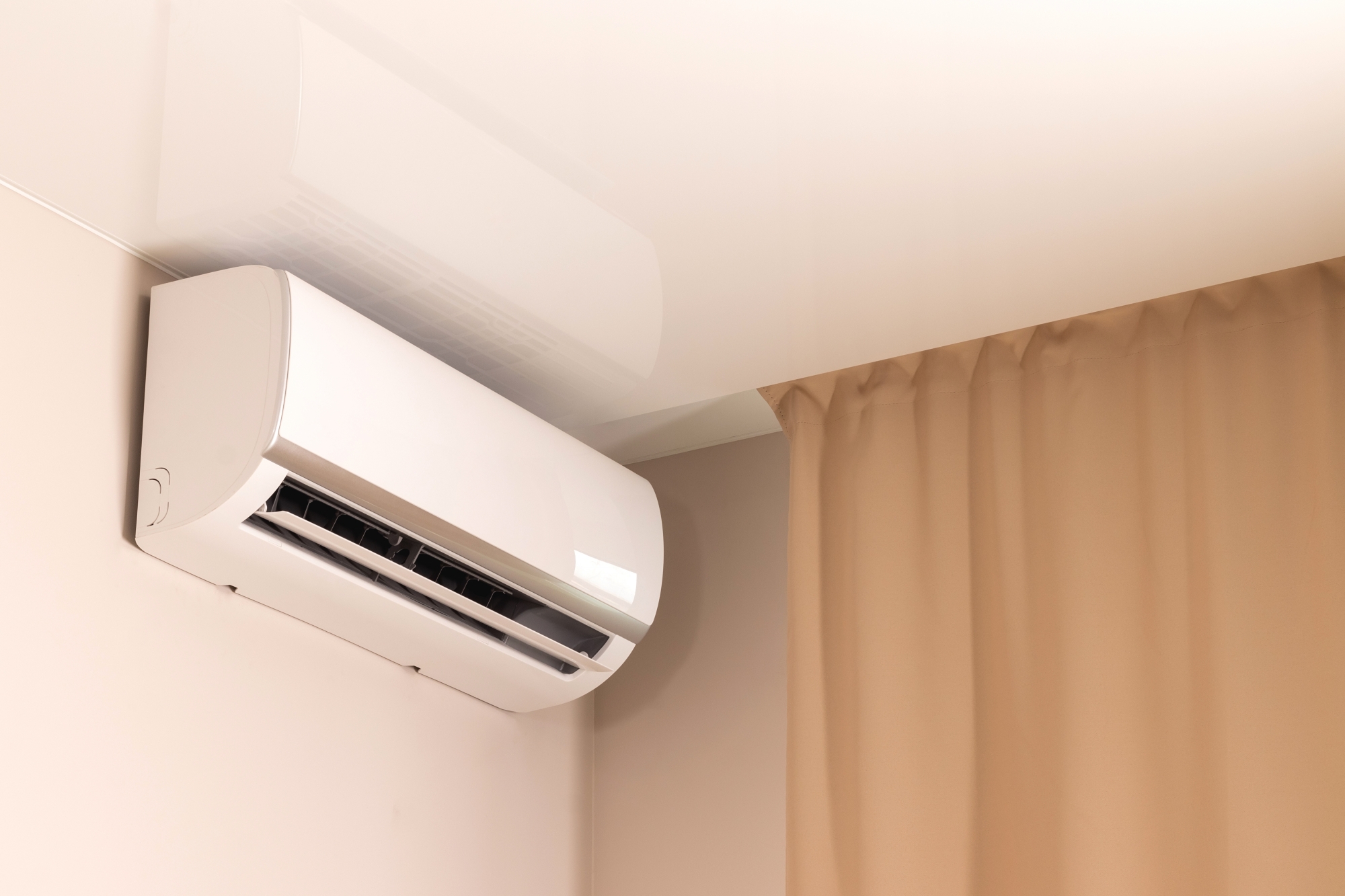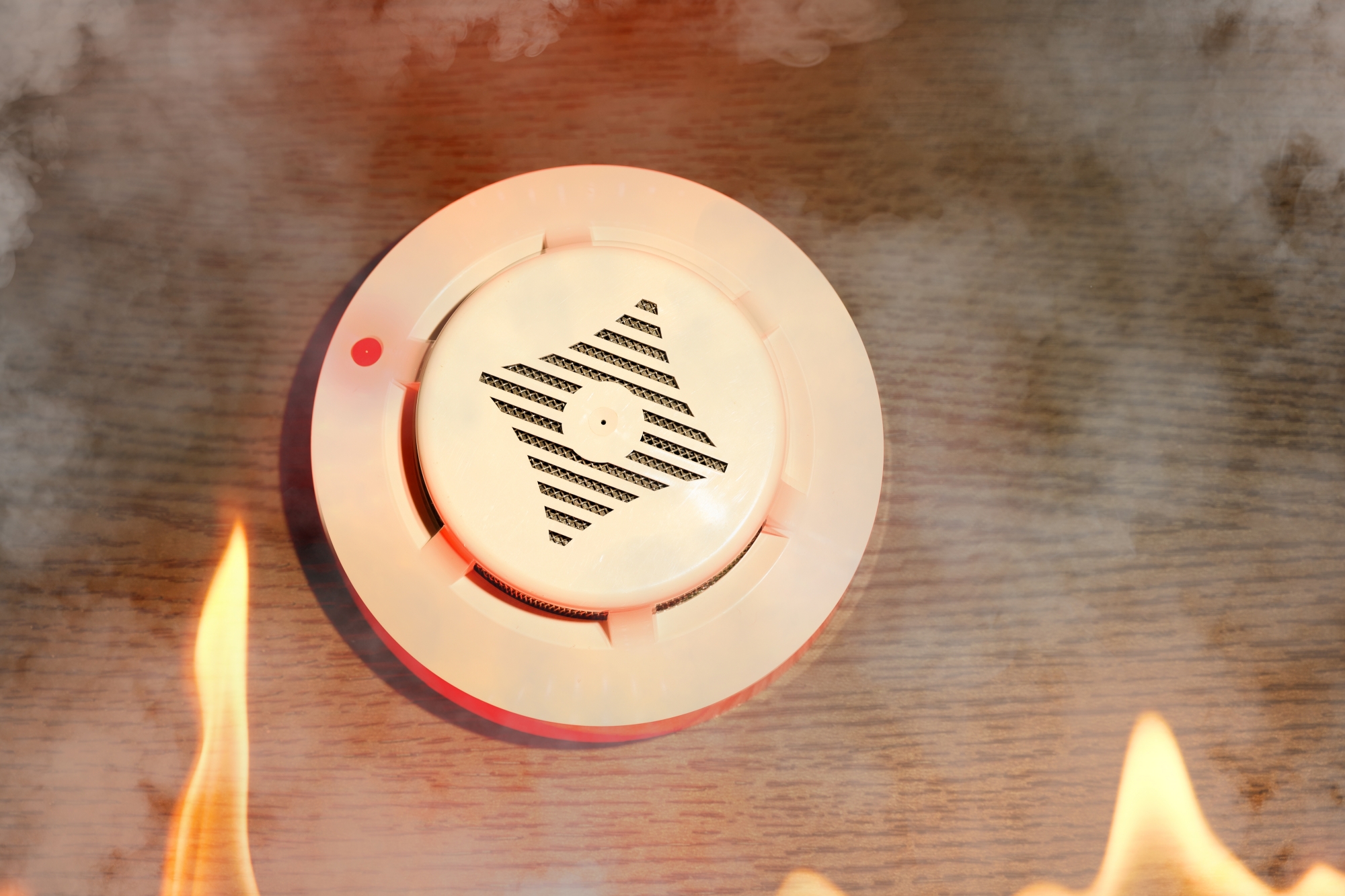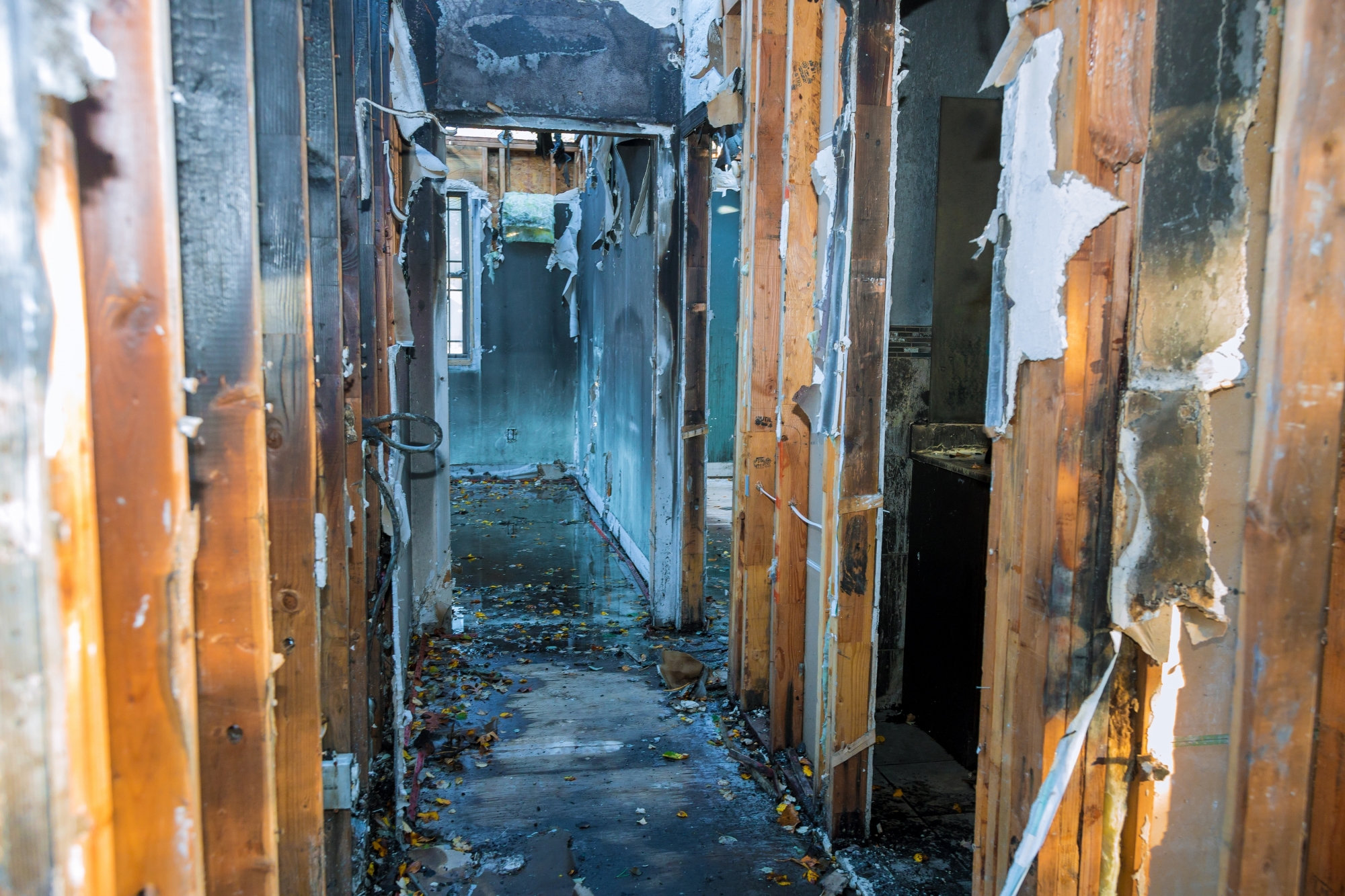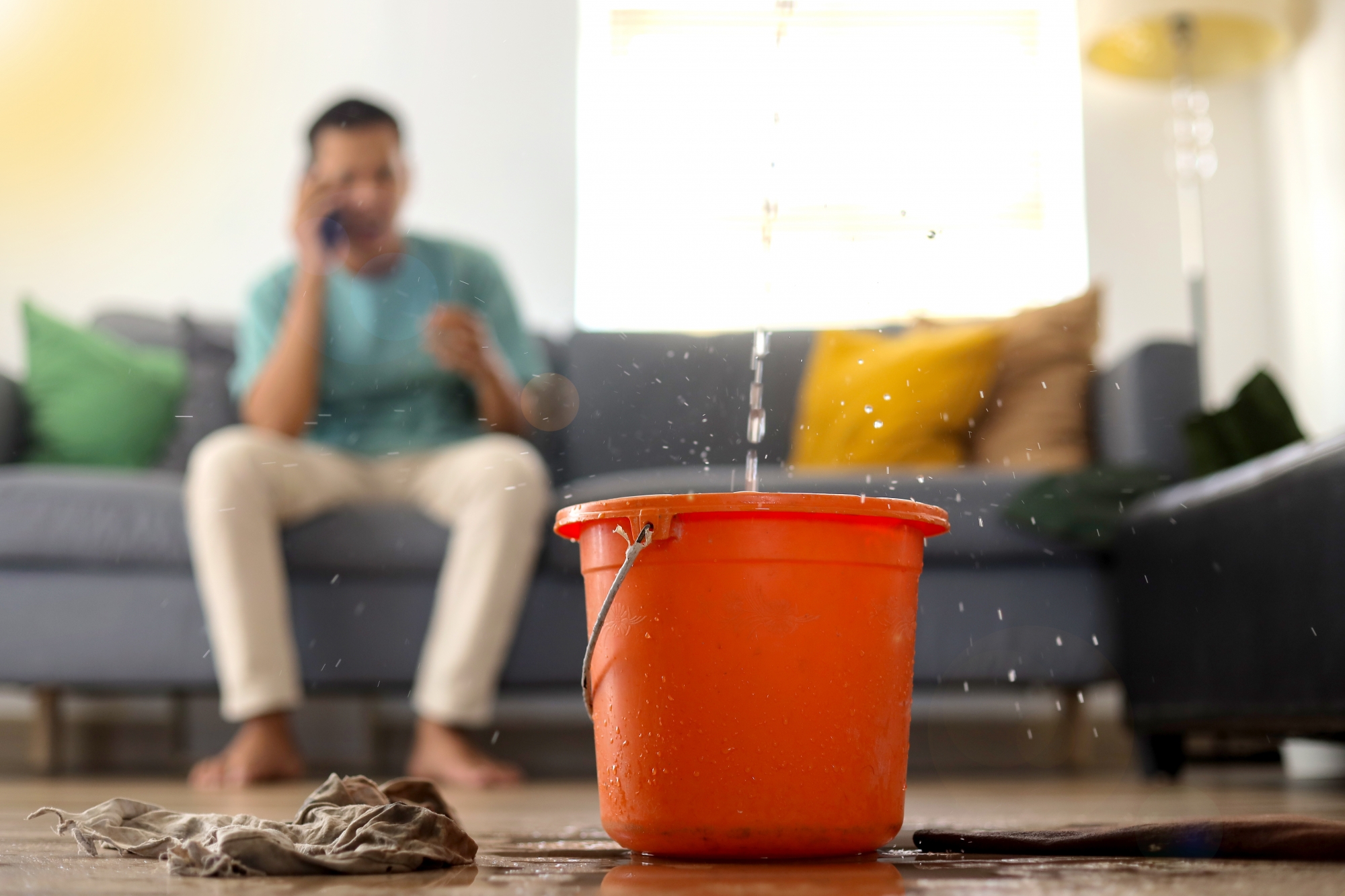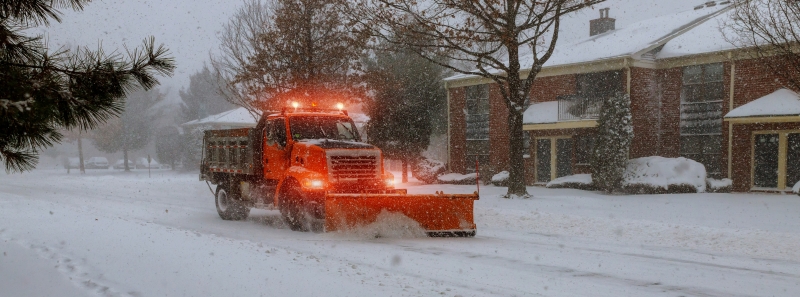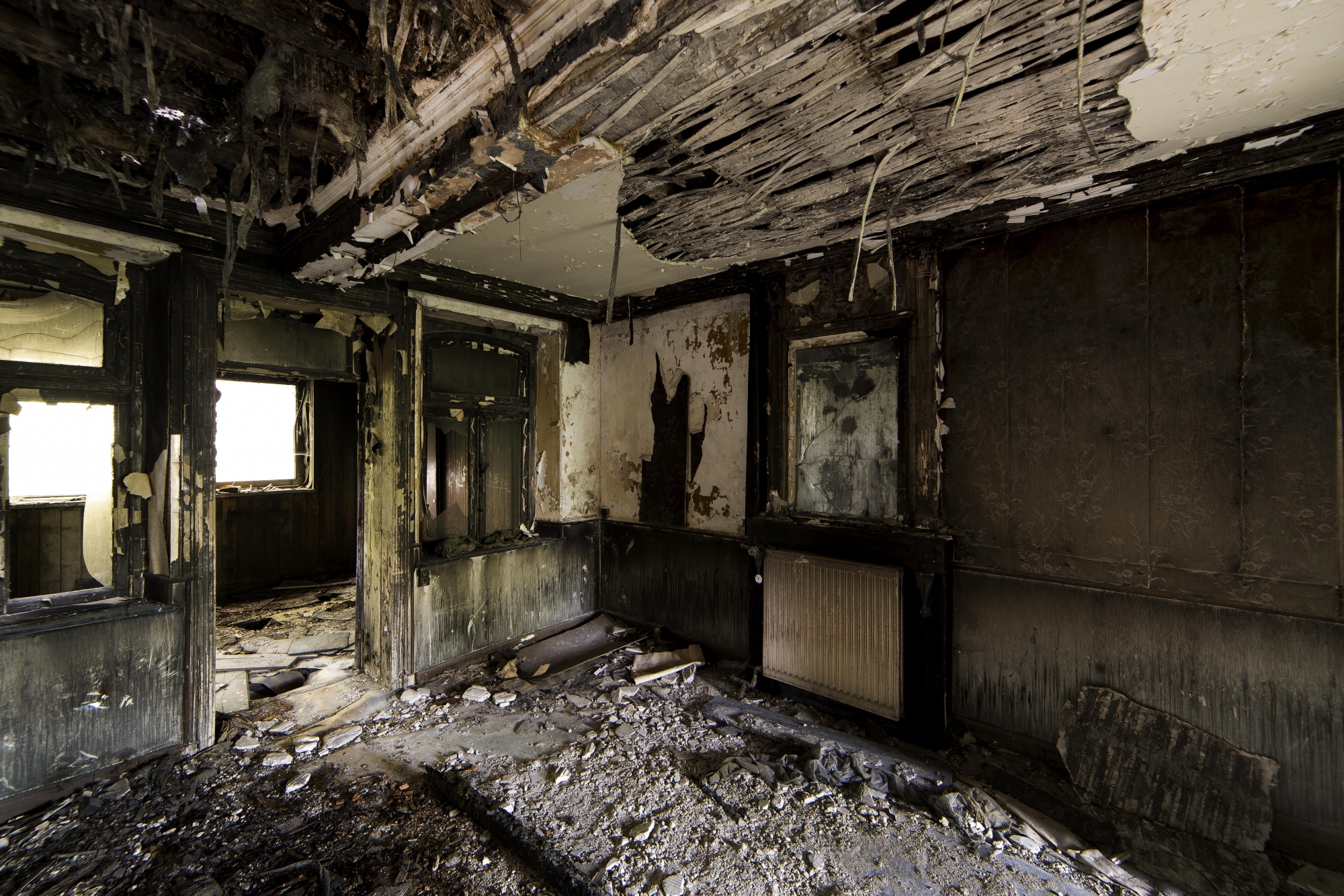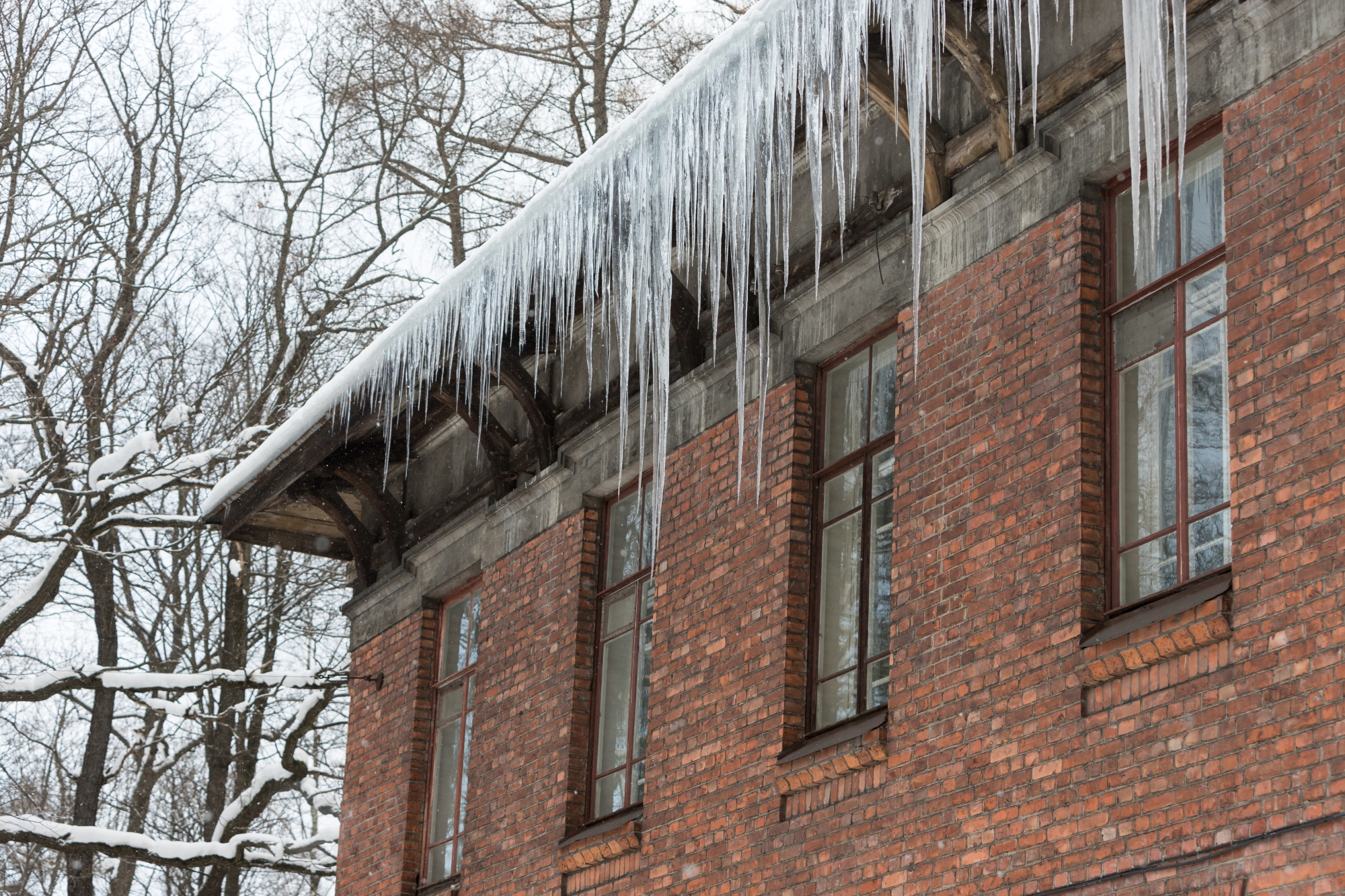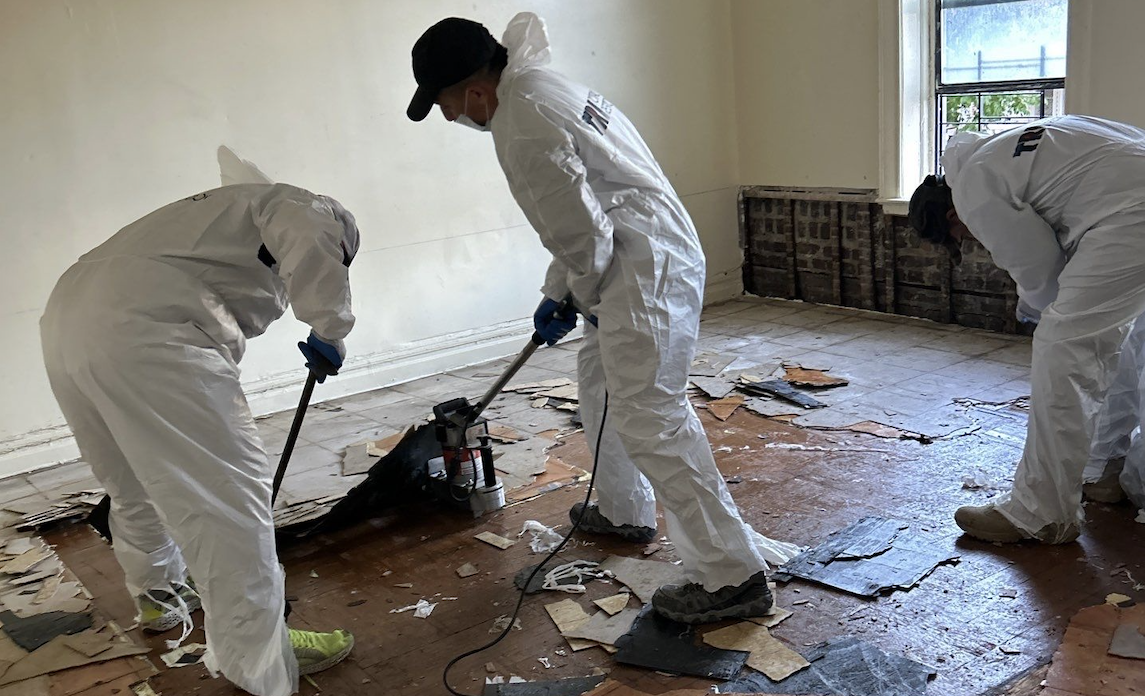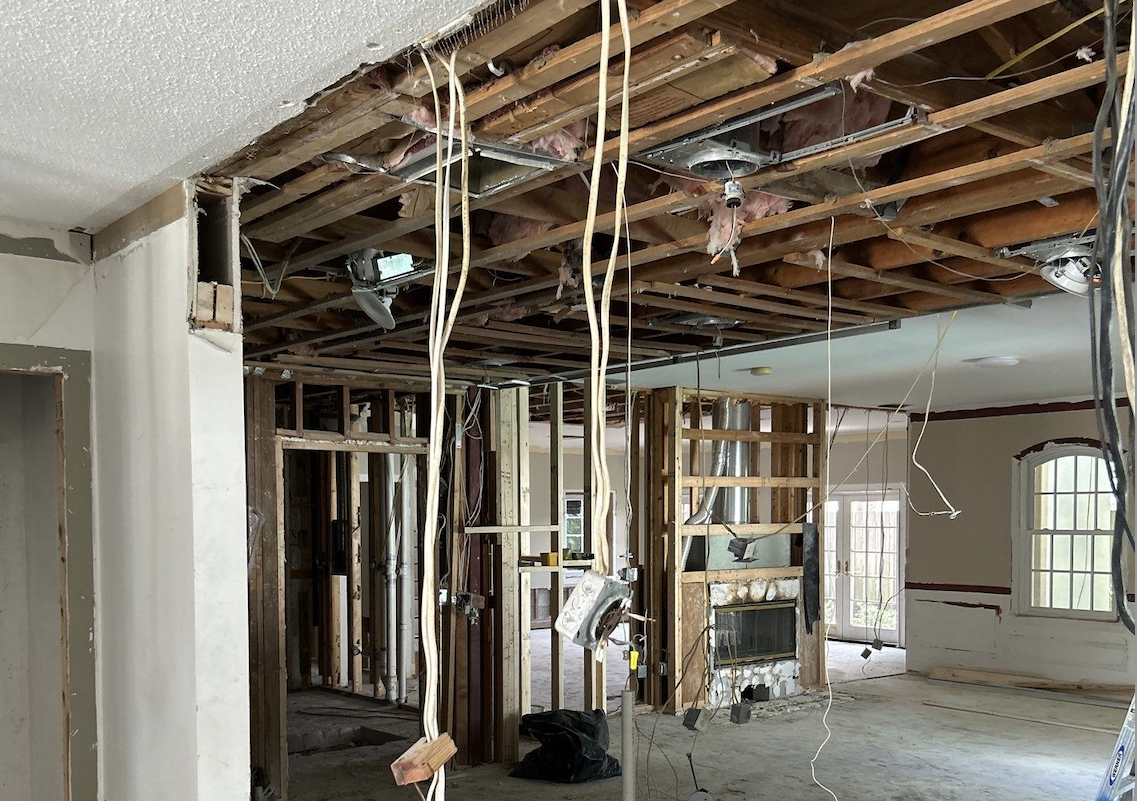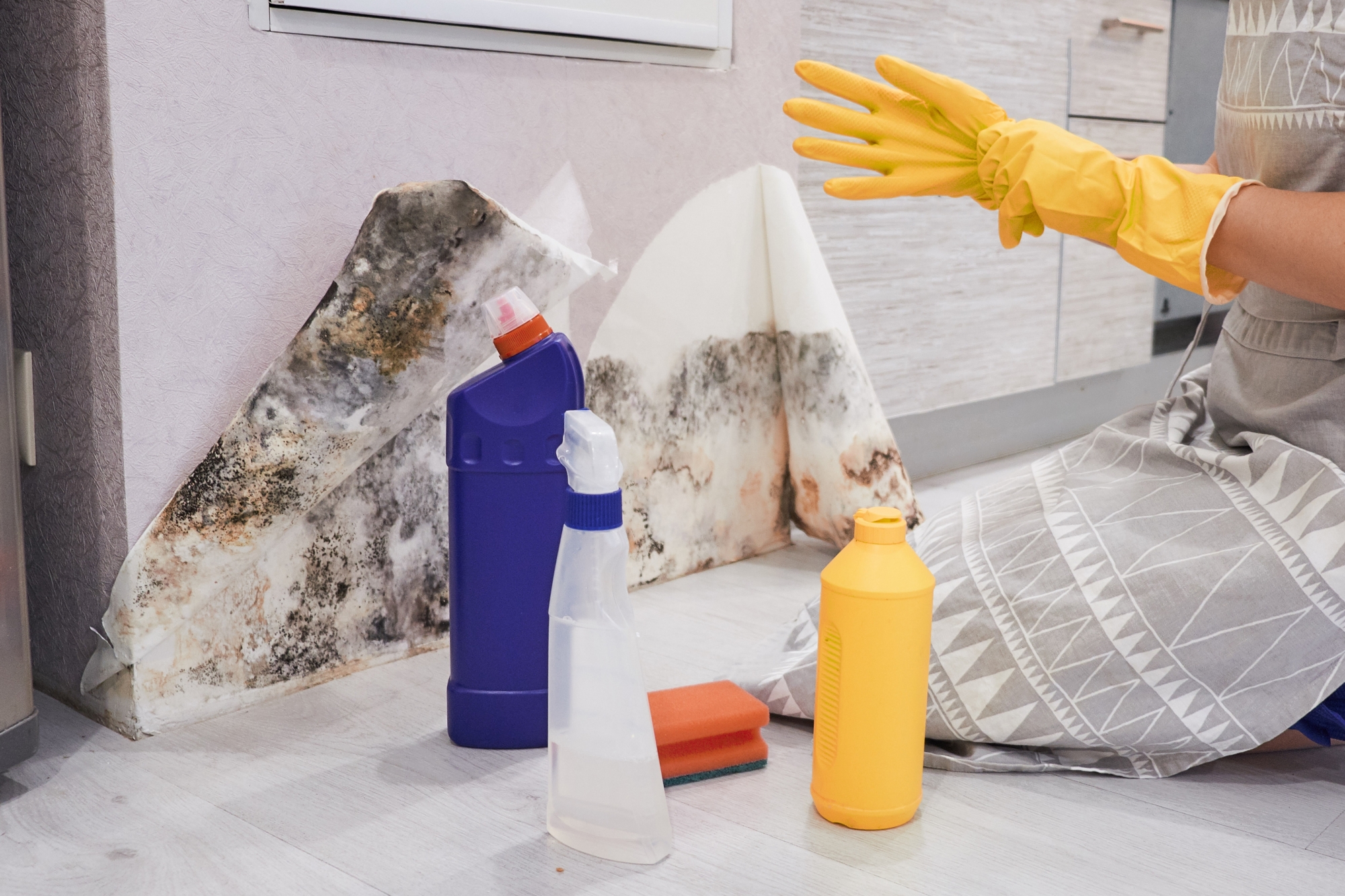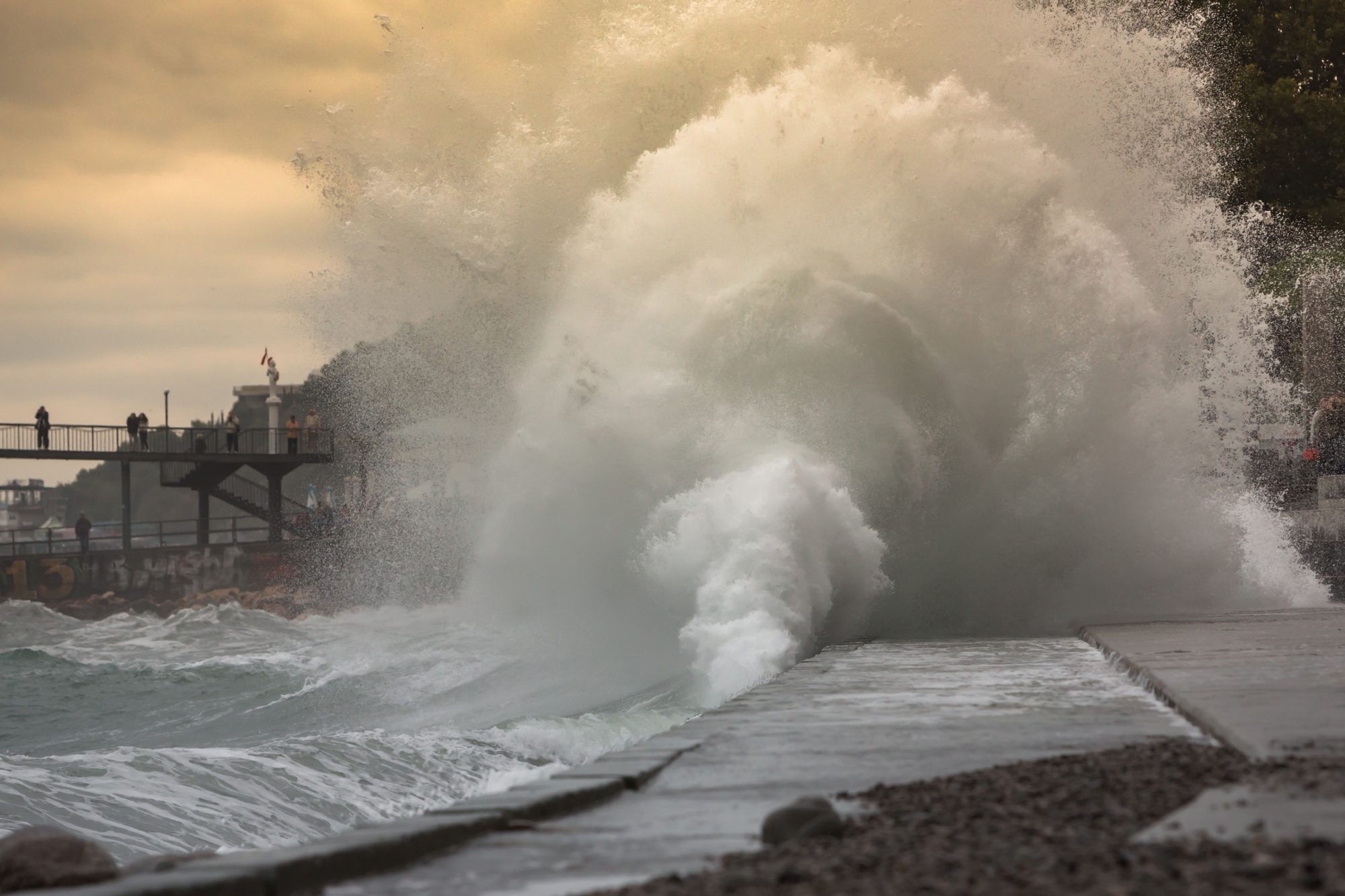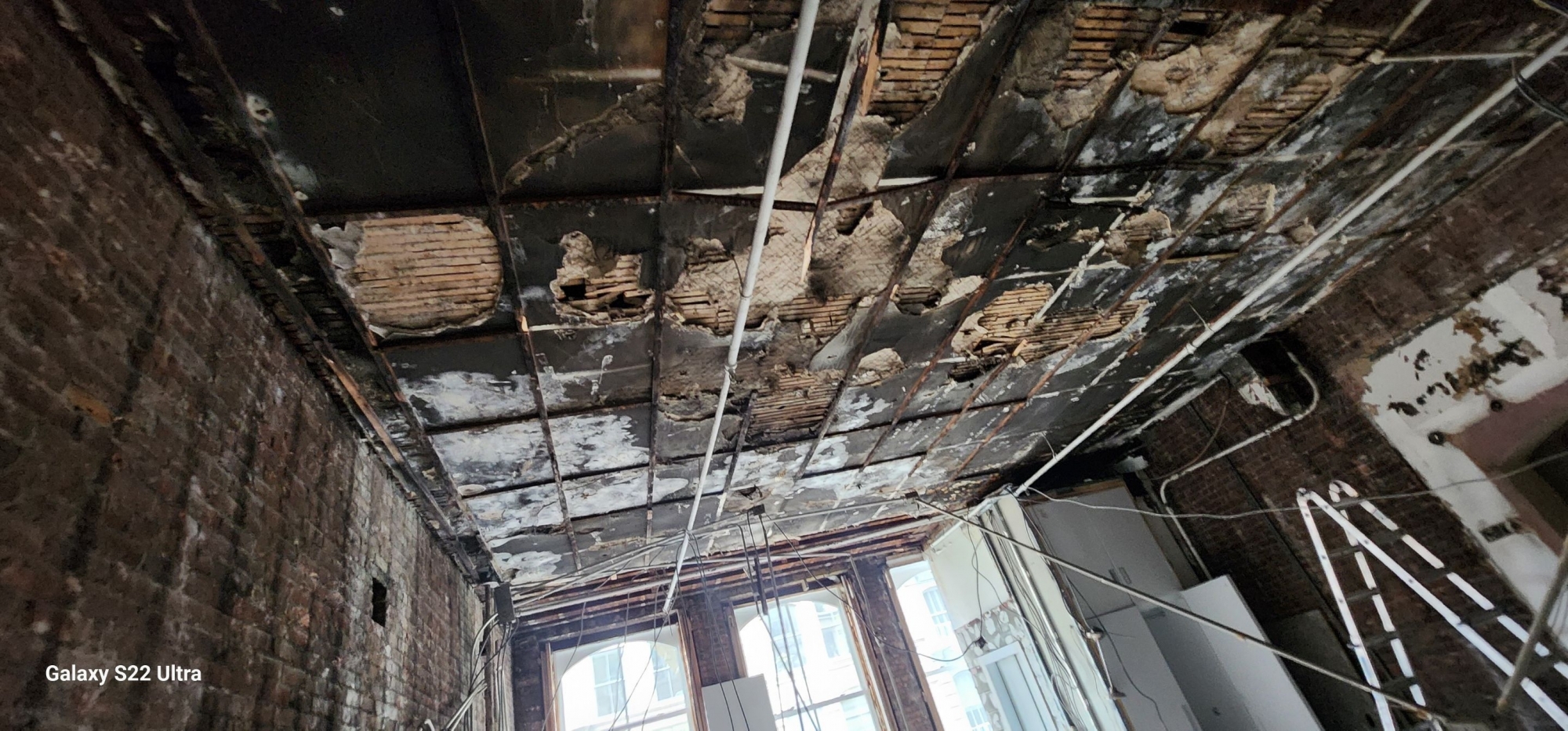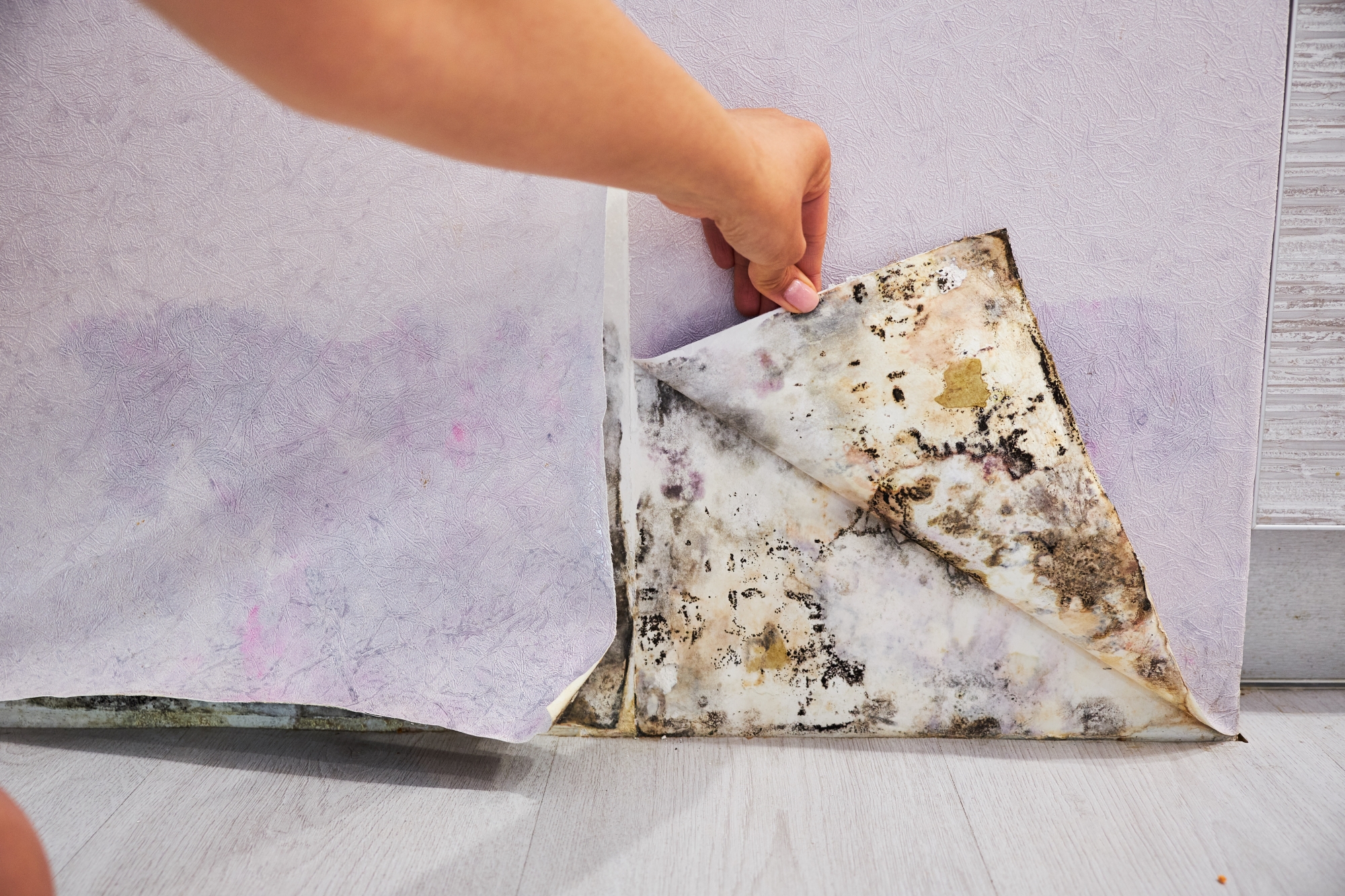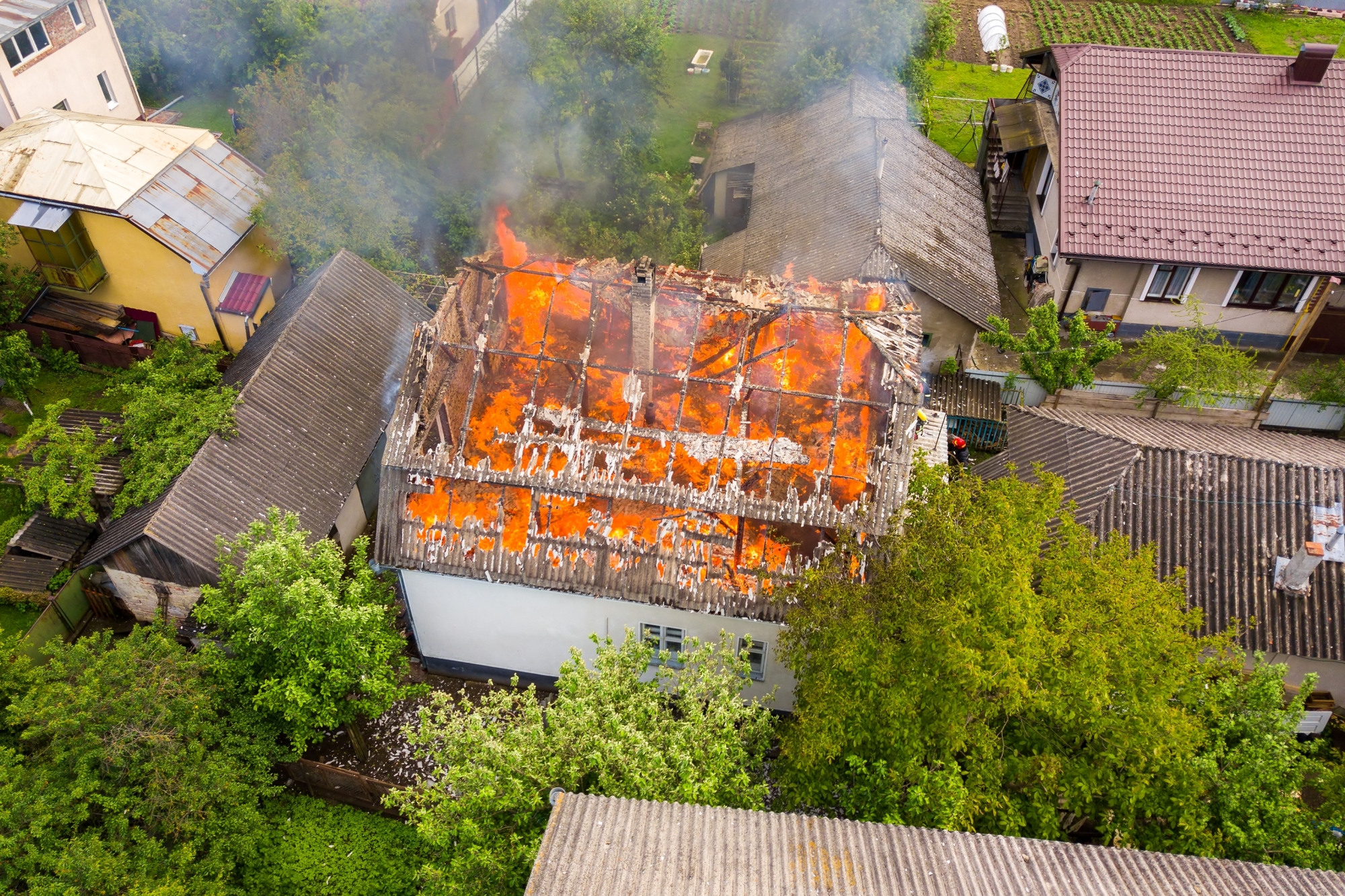Even small leaks can lead to big problems.
From dripping faucets to those dreaded water stains that seem to appear on the ceiling out of nowhere, even small leaks are no fun to contend with. You might be inclined to paint over the stain, or ignore it, or shut off that leaky toilet or sink, but you shouldn’t – you need to find the source of leaks and fix the problem once you’ve identified it.
Where did it come from?
The source of the leak may not be immediately obvious but it’s usually common sense. Roofs are a common source of ceiling leaks. Repair any leaks and replace any and all rotted shingles ASAP to avoid further issues. Once you’ve fixed the problem, you can clean the water stain with diluted bleach, prime it, and paint it – it will look like the leak was never there. Prevention is always the best means of protection, so periodically inspect your ceilings and walls – especially those closest to roofs or underneath bathrooms – for sagging, discoloration, or cracks. A little maintenance now can help you avoid a big bill later.

Dripping faucets, bleeding money.
Bad flappers are a common source of toilet leaks and leaking pipe joints or faulty faucets are usually behind the drip-drip-drip of a sink that can drive homeowners mad. Replace the flappers when they show signs of wear and replace valves, o rings, and pipe joints if the sink is leaking. It will save you from the aggravation of unnecessarily high water bills and waste.
Other common sources of leaks to watch for.
Refrigerator water and ice lines are common now, and so are small leaks from them. Look around the floor beneath your fridge to make sure there are no signs of wear or leaks. Dishwashers are also a common source of leaks as they age so keep an eye out.

What to do when small leaks become a bigger issue.
While calling in a professional restoration team may be an essential part of getting out from under a leak, there are other things you can do to minimize damages. Power off anything compromised by water safely, move your possessions to another room and mop up or dry up any obvious water on the ground. When applicable, shut off any appliances that are connected to a water supply.
Once you’ve assessed things for yourself and taken steps to mitigate the damage, leave it to your professional restoration service.

